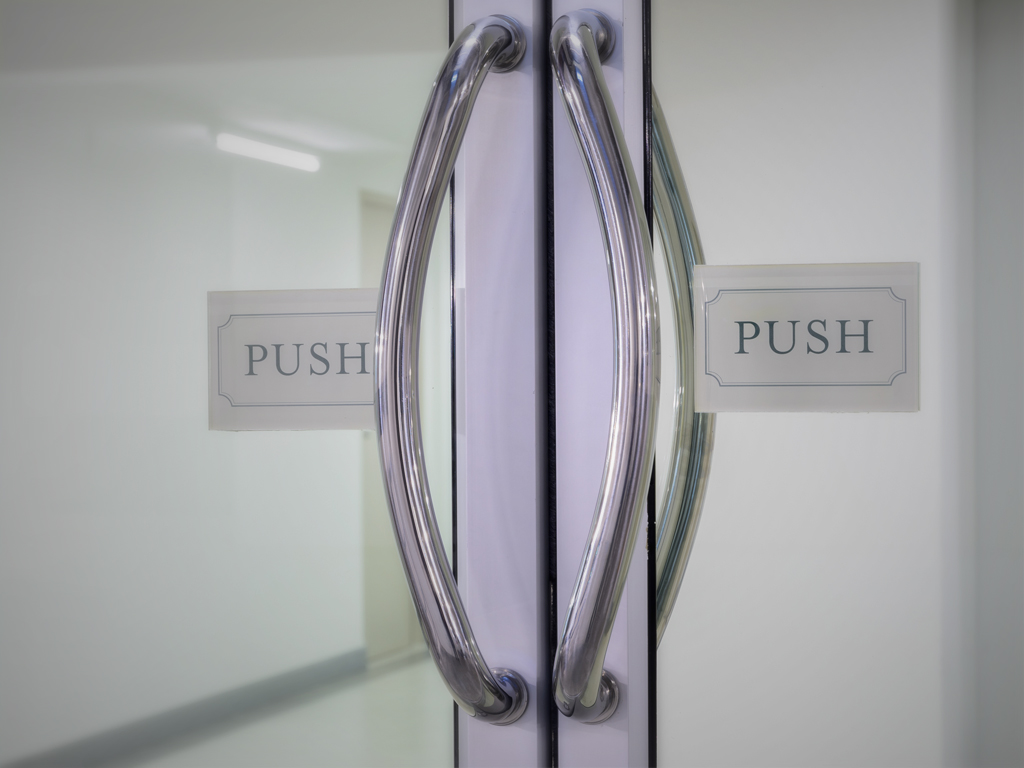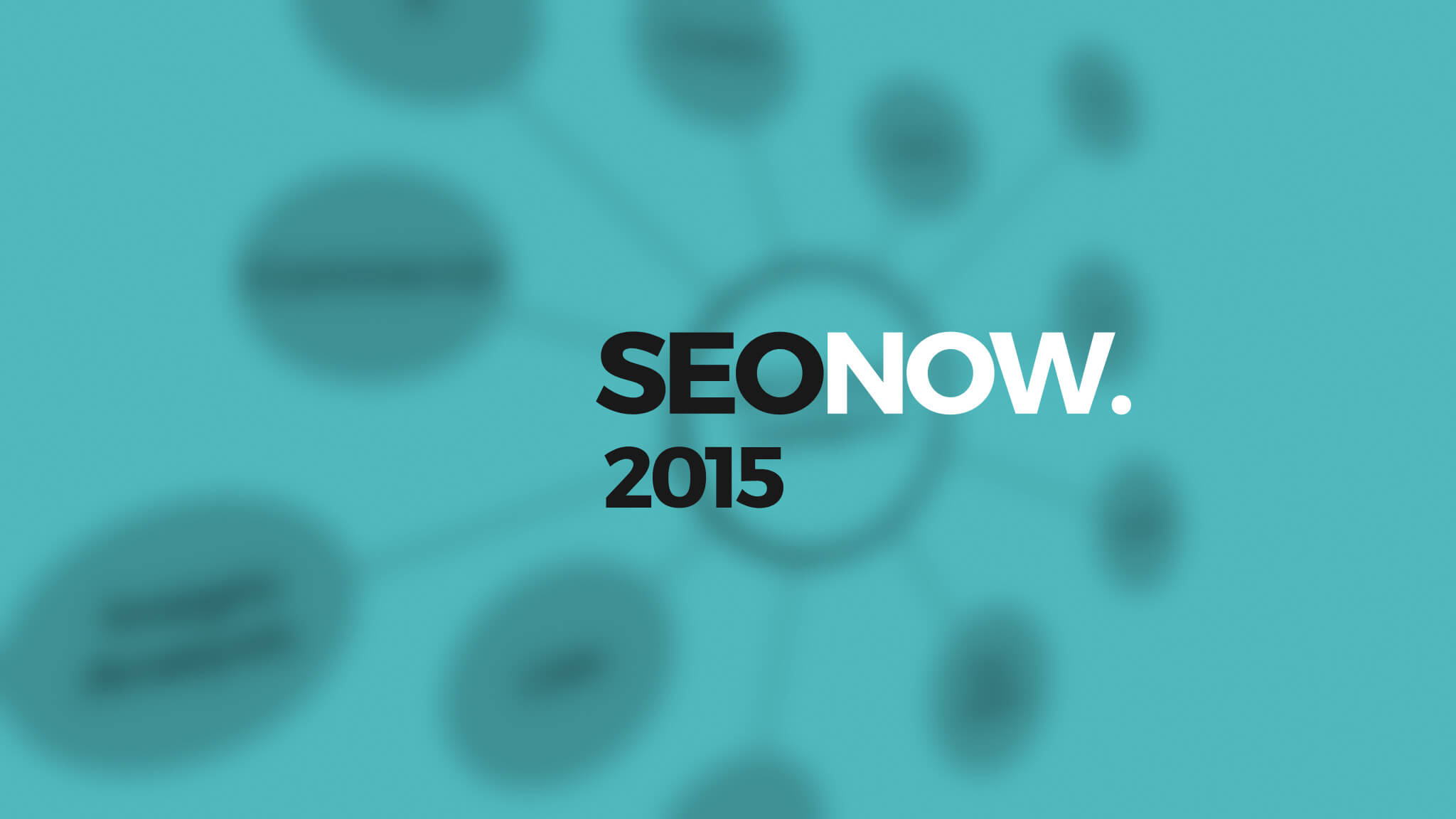Most websites are little more than digital brochures that rely on users willingness to read endless tomes of text, assimilate all the information, and then to determine what content applies to them. They expect users to do most of the work and are surprised when their conversion rates fail. While websites are content with a measly 2 percent conversion rate, any successful salesperson would have an anxiety attack over such low numbers. If you consider that most website visitors are warm leads (why else would they be on your site), any decent salesperson is confident that they can close half of those motivated buyers.
If we assume that just half of your visitors are truly motivated to buy your product, there’s no logical reason why you shouldn’t be able to close half of those warm leads. That means your conversion rate should be 25 percent, not 2 percent. So why can’t you close like a salesperson? Because you don’t take advantage of the psychological levers like a salesperson can. In the car sales business, it’s common practice to gain the confidence of a reluctant buyer by touching them on the arm or shoulder. This simple touch method psychologically disarms an otherwise hesitant or defensive customer. While you can’t reach out and touch a website visitor, here are a few simple psychology-based UX strategies you can employ that have similar disarming and engaging effects.
1. Affordances Instead Of Instructions
Users don’t read instructions! Any design should be intuitively obvious to the intended users. Instructions are a problem, not a solution. If your site relies on instructions, then there’s something wrong with the design. The more your design relies on users reading and following instructions, the more likely your site will suffer. How many times have you grabbed a door handle and instinctively pulled on it only to have the door rattle but not open, then you see the little sign above the handle telling you to push? Think about it, something as simple as a door shouldn’t require instructions. Putting a flat panel on the door instead of a handle invites and affords the desired action. You can only push on a flat panel. Your website needs to have the right controls and avoid any and all instructions. Users are more likely to click on something if it is intuitively obvious what to do and what the expected result will be. It’s even more successful of that expected result is related to the users’ intended objective.
2. Outcomes, Not Features
Users want to solve problems, not use a website. Rather than provide a host of features that users must figure out how to use, identify their key reasons for coming to your site and provide buttons or links for each of those key desired outcomes. This is referred to as “resonating with the users’ point of pain.” For instance, The Kelley Blue Book website offers buttons that each lead the down a specific path and are labeled with each desired end result – How much is my car worth, what should I pay for a new car, etc. Each separate path still sues the same car selection feature, but each in a different way. Rather than expecting users to figure out how to modify that one feature for each outcome, the site offers separate paths, each using that one feature optimized for that specific desired outcome.
3. Engagement Without Commitment
One of the most successful levers is to create emotional investment in the product. Most websites have several opportunities to do this, but instead rely on user commitment. For instance, requiring users to submit an email in order to download a white paper fails more than it succeeds, especially if you don’t provide an abstract of the content. Requiring users to commit clicks without giving them an expectation of what to expect dramatically reduces the click-through rate. Giving users a sense of what value they will get for their click only slightly improves the success rate, but those success rates decrease with each click. Creating emotional investment is a well-known approach to engaging the user and tripling the click-through rates. For instance, allowing users to create something of intrinsic value endears them to the site. On the ProFlowers site, we found that once the customer writes the gift card, they are eager to complete the transaction. When we moved the gift card step to occur right after the bouquet selection, the conversion funnel spiked. ProFlowers has been a top converting site since its launch in 1998 with conversion rates at 25 percent.


